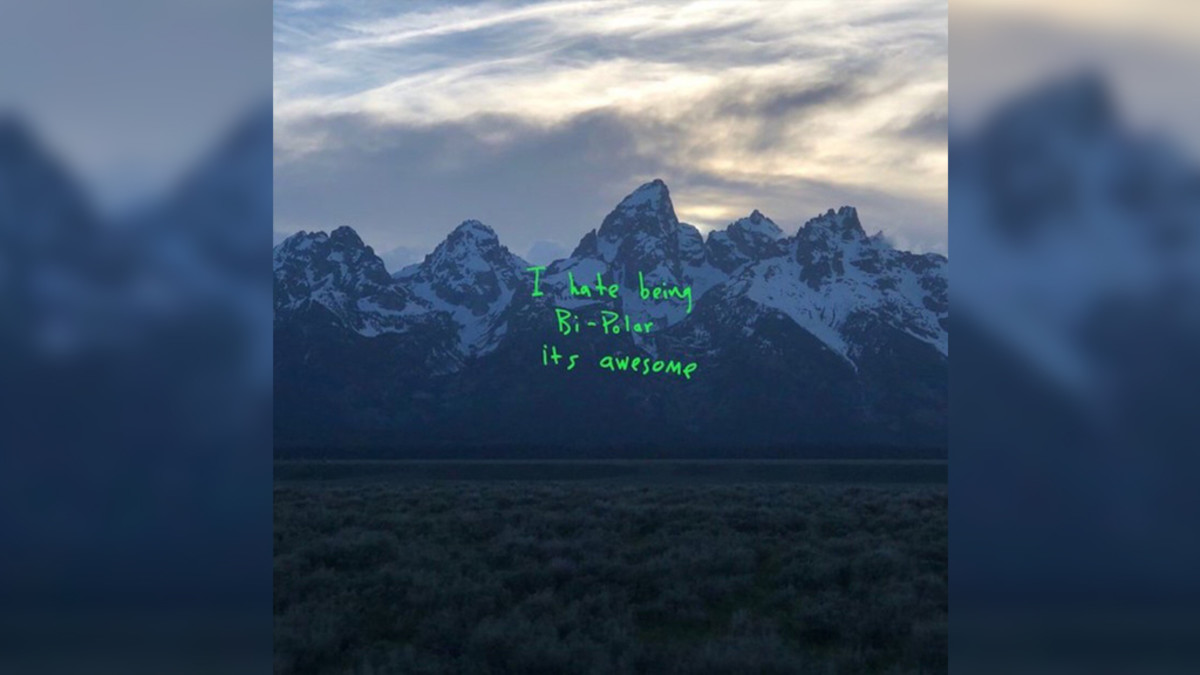
Bubbles, who often worked using obscure pseudonyms (there may be some unknown Bubbles albums still out there), took his own life, at the age of 41, on what would have been his late parents’ wedding anniversary. Bubbles would incorporate different art styles and photography – as on the beautiful cover for Costello’s Armed Forces – and created album sleeves of cryptic intricacy.

His early work included the cover for the triple-album Glastonbury Fayre, which opens out from a gatefold to a huge six-panel poster. He also worked on music visuals, including the striking Specials video for “Ghost Town.” Londoner Barney Bubbles, who changed his name legally from Colin Fulcher, trained at Twickenham Art College and worked at Terence Conran’s groundbreaking consultancy, before moving into record design.ĭuring the 70s and early 80s he created record sleeves, label logos, and music-related visuals for innovative musicians such as Elvis Costello, Nick Lowe, Billy Bragg, and Ian Dury, for bands such as Hawkwind, and for companies including Stiff Records and the weekly NME. However, his modern jazz designs – some with stunning and wild typographical expression, such as Lee Morgan’s The Rumproller – created a superb legacy, marking Reid Miles out as one of the earliest album cover designers to take note of. In the 60s, Miles began to concentrate on photography and he became a hugely successful figure in advertising. As he once said: “Fifty bucks an album… they loved it, thought it was modern, they thought it went with the music… one or two colors to work with at that time, and some outrageous graphics!”

He had small budgets and worked speedily. Miles was not a jazz fan and was thus able to stand back and analyze what would make a great cover, irrespective of the musician involved. Chicago-born Miles, who had been an Esquire magazine journalist before working in music, created a “hip” brand identity for Blue Note, which was the epitome of modern, cool, and progressive.


 0 kommentar(er)
0 kommentar(er)
